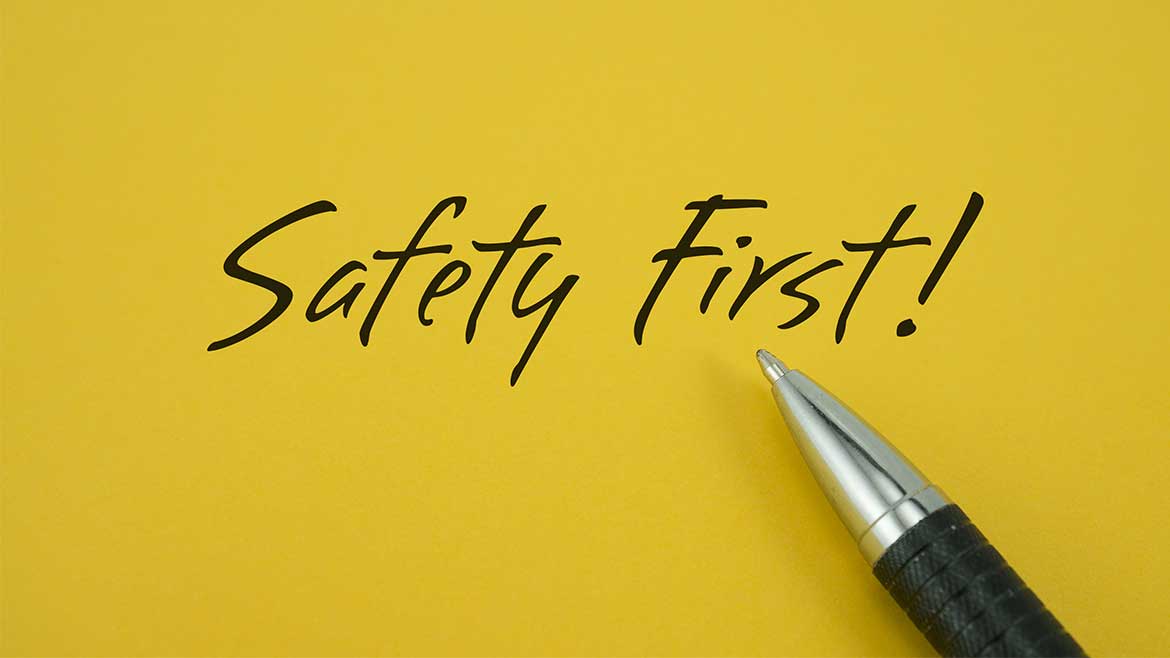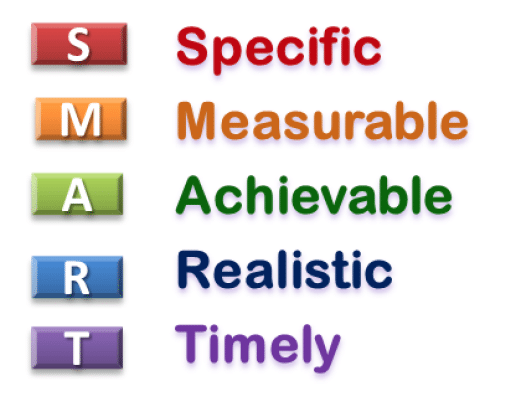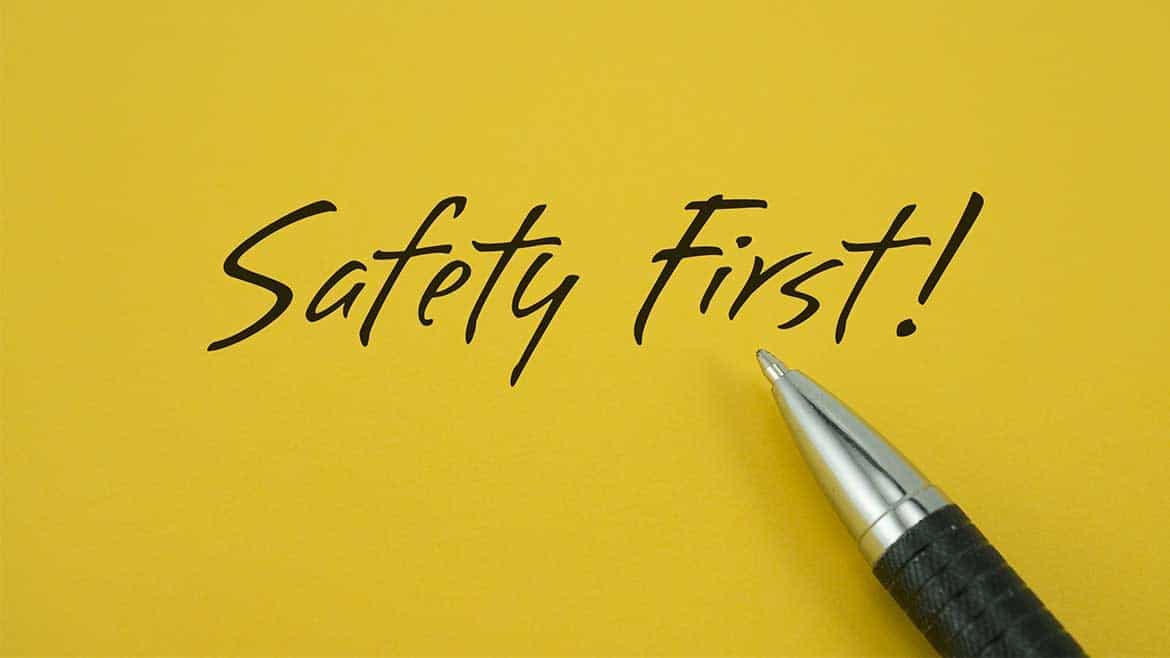Creating SMART Safety Goals

Do you feel like you are struggling to achieve your safety goals?
Setting SMART safety goals means that you can clarify your ideas, focus your efforts, use your time and resources productively, and increase your chances of achieving your safety goals.
Specific
A specific goal has much greater chance of being accomplished than a general goal. When setting a goal, be specific about what you want to accomplish. To establish a specific safety goal, start by asking the six “W” questions:
- Who needs to involved to achieve the goal?
- What exactly do you want to accomplish?
- Where: Identify a location.
- When: Establish a time frame.
- Which: Identify requirements and obstacles.
- Why: Identify reasons, purposes, or benefits of accomplishing the goal.

Measurable
Prepare defined parameters which can measure progress toward the attainment of each goal you set. When you measure your progress, you stay on track, reach your target dates, and ultimately reach your goal. If it’s a project that’s going to take a few months to complete, then set some milestones by considering specific tasks to be accomplished along the way.
Achievable
When you identify goals that are the most important, you must determine the ways you can achieve them. You can achieve almost any goal you set when the steps are planned wisely and a time frame is established for each step.
Realistic
Unrealistic goals will set employees up for failure. To be realistic, a goal must represent an objective toward which you are both willing and able to work. But be sure that every goal represents substantial progress toward the desired end result. Ways to know if your goal is realistic is to determine if you have accomplished anything similar in the past or ask yourself what conditions would have to exist to accomplish this goal.
Timely
Providing time constraints creates a sense of urgency. Be specific about the goal deadline and what must be accomplished within that time period. If the goal will take three months to complete, it’s useful to define what should be achieved at key points throughout the process to ensure that the goal has been fully achieved by the goal deadline.
*NOTE: This factsheet about SMART safety goals has been prepared based upon the article “there’s a S.M.A.R.T. Way to Write Management’s Goals and Objectives.” by George T. Doran, consultant and former director of corporate planning for Washington Water Power Company.
Talk to Your Agent
Talk to your insurance agent today to create a business insurance package that covers risks common in your industry and specific to your business needs.

